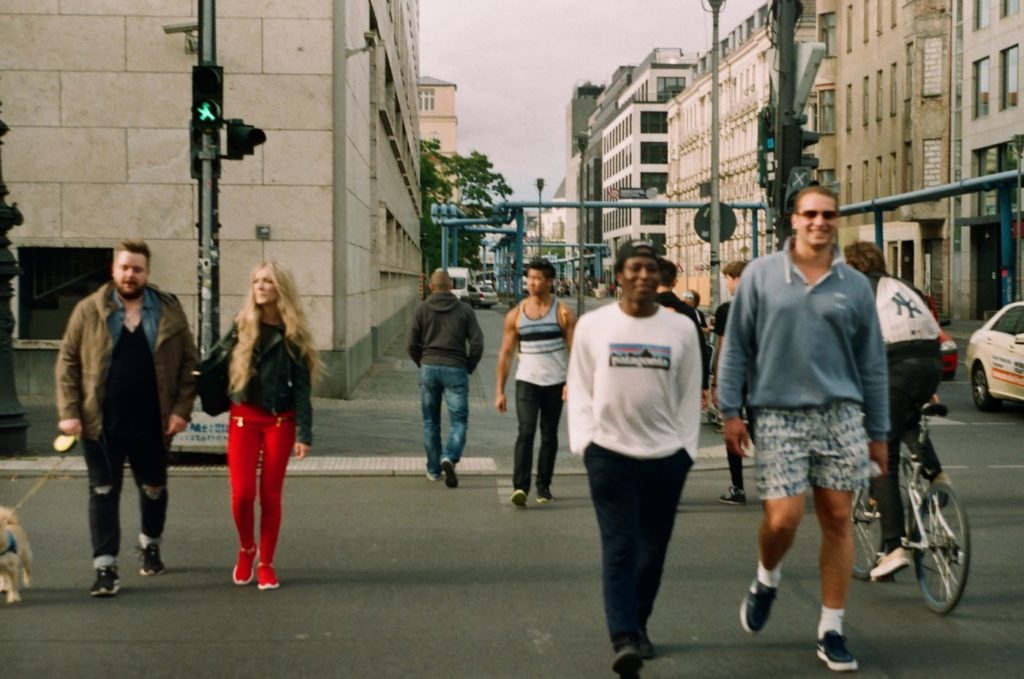
The Intersections of People and Place
by Jared Kendall, Associate Pastor, Fishers United Methodist Church, Fishers, Indiana
“Churches are the last place-based institutions left in Indianapolis.” So said Indianapolis City Planner Brad Beaubien as he described the changing neighborhoods of Indianapolis.
My community, like so many others, is also experiencing deep, community-impacting change. For us, change is taking on the form of new roads and roundabouts, old neighborhoods being torn down for new businesses to go up, and the few remaining acres of land being bought up for new neighborhoods to be built. This is cause for great celebration as we recognize how fortunate we are to be in a growing community. And yet, it is also cause for lament. “Out with the old and in with the new,” is leaving some feeling left out and left behind. Including churches.
“What will the Church look like going forward,” I hear local church and denominational leaders asking. And with that question comes all of the anxieties and trepidations that may tempt us to jettison old ways in favor of “change” and “innovation.” One of my favorite authors, John Steinbeck, wonders, “why progress looks so much like destruction.” It is worth pausing to discern what to keep and what to discard, what to change and what to treasure. Roving Listener De’Amon Harges and Rev. Mike Mather seem to understand that better than most.
Located at the intersection of change, Broadway UMC in Indianapolis has seen its neighborhood drastically evolve in the recent decades. What it was is no longer what it is, and that presented the folks at Broadway with a tempting question: should they sell and move to the suburbs or should they choose to remain and evolve themselves? They ended up choosing to remain and did so as one of the last “place-based institutions” left in their neighborhood. De’Amon, Mike, and the folks at Broadway have chosen to be cultivators of community in their community, and work to invite others to be as well.
“We have parties, we drink beers, we go to comedy clubs, we go for three mile walks three times a week,” Mike and De’Amon shared. Two men who, for all intents and purposes could not be more different from one another, take “mutual delight” in each other and in their neighborhood. Eating together. Having fun together. Going for walks together. How novel.
It seems as though communal and personal well-being is cultivated by some of the most basic and oldest practices that the Church knows best: To eat together. To have fun together. To go for walks…together.
David Brooks, in our closing session together, shined light on “weavers of community” he’s encountered throughout the country. In an ever-divisive world, such persons are healing balms. Those churches who choose to love their neighborhoods, who work to deepen their roots at the intersections of people and place, who cultivate connection, seem to be the ones who gift this world with the “beloved community” for which we so deeply desire.
So, dear reader, what simple practice will you take on to foster well-being at the intersections of place and people in your community?
